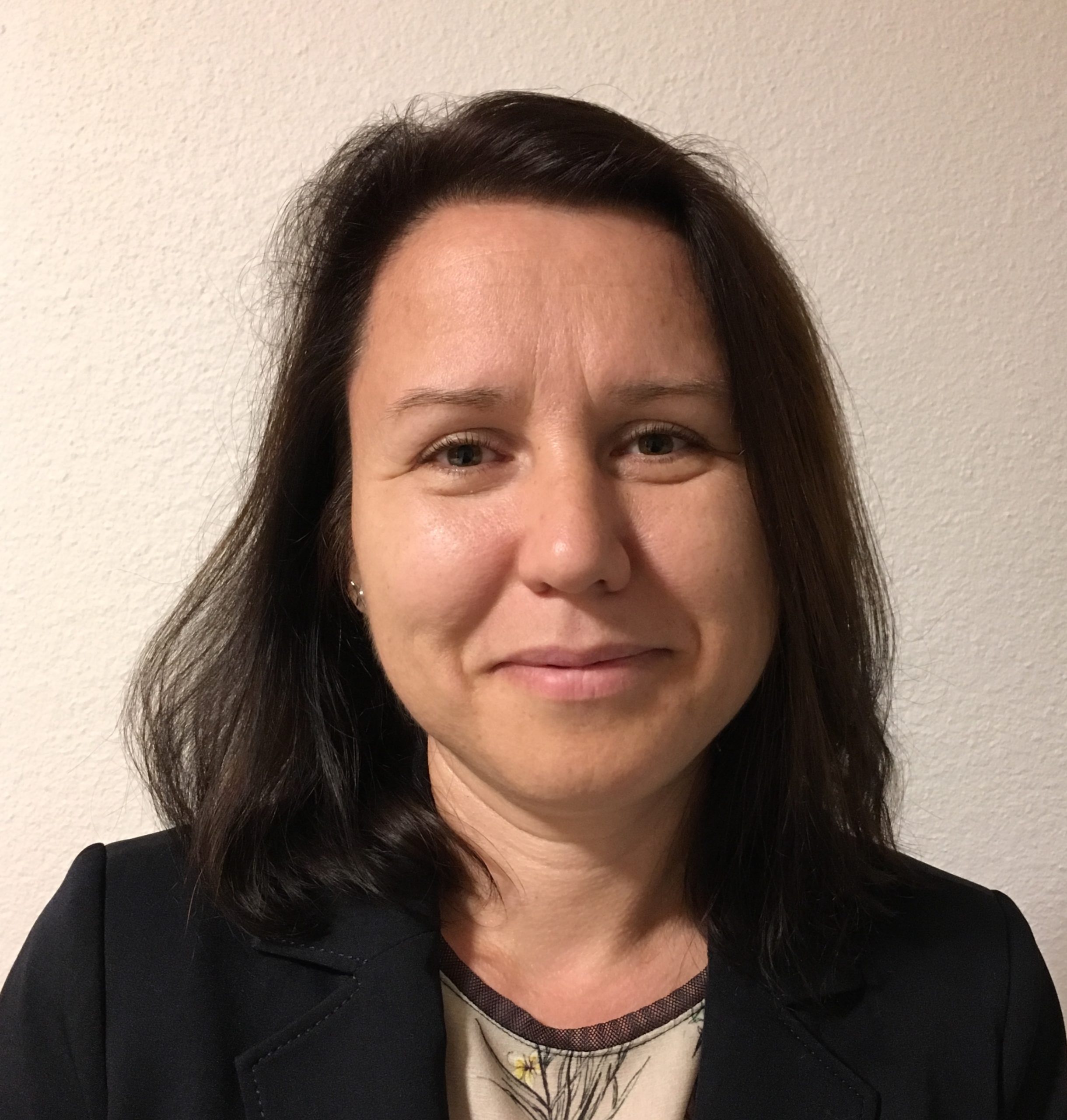
Please note that some examples shown below showcase more than one UDL principle.
The Why of Learning
Allows students to demonstrate and connect with their learning in different ways. It can involve offering choices, incorporating interactive activities, and tapping into individual interests, passions, and cultural backgrounds.
Students differ in how they are engaged and what stimulates their attention. Their interests can also change as they progress in their academic journey and build new skills. When designing course materials, it is important to think of ways to engage learners in multiple ways.

Checkpoints of interest 6.1: Guide appropriate goal-setting 6.2: Support planning and strategy development 6.4: Enhance capacity for monitoring progress 7.1: Optimize individual choice and autonomy 7.3: Minimize threats and distractions Bruce Ravelli is committed.

Checkpoints of interest 1.3: Offer alternatives for visual information 5.1: Use multiple media for communication 7.2: Optimize relevance, value, and authenticity In Theatre 111: Theatre History 1, Sasha Kovacs immerses students in the creative world of theatre.

Checkpoints of interest 7.1 Optimize individual choice and autonomy 7.2 Optimize relevance, value, and authenticity 7.3 Minimize threats and distractions In the course Astronomy 101: Exploring the Night Sky, instructor Travis Martin guides students to embark on an.

Checkpoints of interest 7.1 Optimize individual choice and autonomy 7.2 Optimize relevance, value, and authenticity 7.3 Minimize threats and distractions 8.2 Vary demands and resources to optimize challenge 8.4 Increase mastery-oriented feedback Celina Berg uses a.
Students need to sustain effort and attention in order to learn. Motivation helps to regulate attention; however there are differences in how students self-regulate. Building skills of self-regulation and self-determination can happen when the external environment is supportive of learners.

Calculus students take a readiness assessment during the first tutorial to identify individual proficiencies and areas needing improvement.

Public Administration students immerse themselves in research, scriptwriting, visual synchronization, and narrative techniques through a digital storytelling assignment.

Computer programming students engage with personalized assessments, choosing datasets from TV, music, or sports to align with their interests.
Promoting both a motivating environment and fostering learners’ self-regulation skills is essential. Unfortunately, many classrooms neglect to teach self-regulation, making it inaccessible to some students. In order to be effective, address self-regulation directly, recognizing that individual differences require diverse strategies for managing engagement and emotions.

Exercise Science students undertake a lifestyle change project, setting SMART goals linked to wellness dimensions and critically reflecting on their progress using academic research.

Calculus students take a readiness assessment during the first tutorial to identify individual proficiencies and areas needing improvement.
The What of learning
Includes presenting course content and information in multiple formats (visual, auditory and tactile), with the understanding that students perceive and comprehend information in different ways.
To facilitate effective learning, it’s essential that all information is easily perceivable and accessible to every learner. This can be achieved by:
Implementing these varied and adaptable methods of presentation not only supports learners with specific sensory impairments but also enhances the overall accessibility and comprehension of the information for a wider audience.

Theatre Arts students physically and visually grasp traditional Bunraku puppetry techniques by combining descriptive videos with hands-on manipulation.

Math and Stats students learn to verbalize written work and notations to help understanding of complex content.

Students registered with CAL can receive tailored consultations and training on how to utilize assistive technologies.

Organic chemistry students use an augmented reality app to enlarge, rotate, and manipulate molecular structures.
Learners have different abilities in understanding various forms of representation, such as words and pictures. What helps one learner understand might confuse another, like an equals sign in math or a graph showing two variables. To avoid this inequality and make learning clear for everyone, it’s important to offer information in different ways, not just for accessibility, but also for better understanding.

Math and Stats students learn to verbalize written work and notations to help understanding of complex content.
 Enhancing writing and language skills with visual aids and informal conversations at the CAC" width="400" height="250" />
Enhancing writing and language skills with visual aids and informal conversations at the CAC" width="400" height="250" />
Students visiting the CAC learn grammar patterns and properties using visual aids to illustrate constitutive elements of writing and order of importance.
The goal of education is to teach learners to turn available information into knowledge they can use, not just to make information accessible. This process is active, involving skills like:
Since individuals vary in these skills and in their existing knowledge, it’s crucial that the way we teach and present information helps everyone access and understand this knowledge.

French students are immersed in the exploration and analysis of a diverse range of literary works for young audiences using a podcast program.

Public Administration students immerse themselves in research, scriptwriting, visual synchronization, and narrative techniques through a digital storytelling assignment.

Math and Stats students learn to verbalize written work and notations to help understanding of complex content.
 Enhancing writing and language skills with visual aids and informal conversations at the CAC" width="400" height="250" />
Enhancing writing and language skills with visual aids and informal conversations at the CAC" width="400" height="250" />
Students visiting the CAC learn grammar patterns and properties using visual aids to illustrate constitutive elements of writing and order of importance.
The How of learning
Uses a variety of ways to stimulate student engagement and interest in learning course content. It acknowledges that students possess unique strengths and preferences when it comes to communicating their knowledge.
Textbooks and educational software often have limited ways to navigate or interact, like turning pages or using a joystick, which can be difficult for learners with disabilities. This includes those with physical disabilities, blindness, or other challenges that affect their ability to use these materials. To make learning accessible to everyone, it’s important to design materials that work well with assistive technologies, allowing for different ways of navigating and responding, like voice-activated systems or expanded keyboards.

Students registered with CAL can receive tailored consultations and training on how to utilize assistive technologies.